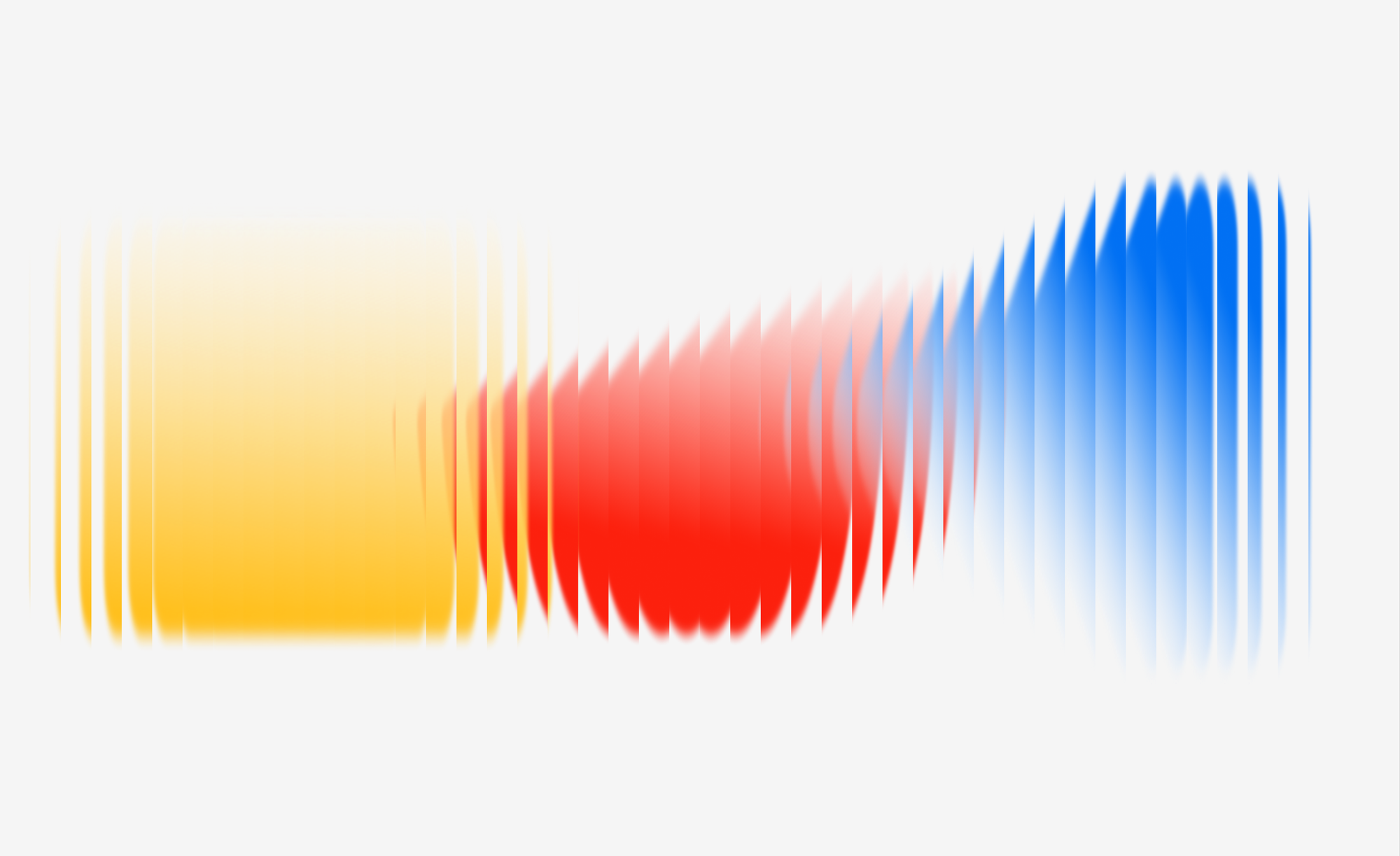Art asks. Design answers.
Design isn’t art — and that’s exactly what makes it powerful. This is a personal take on what it means to design with structure, intention, and trust. Less expression, more response.

I’ve lost count of how many times I’ve heard it: design is applied art. That designers are basically artists who happen to have clients and deadlines.
But the truth is, the more I’ve designed — and the more responsibility I’ve had — the more I feel how far that idea is from reality.
Art is free. It doesn’t owe anyone anything. Design is the opposite: it’s accountable. To users. To context. To budgets. To time.
I studied interior design, which might be one of the most regulated areas in the field. You don’t just design a space because it looks good. There are codes, laws, accessibility standards, fire safety rules, material constraints. Everything has a logic. A reason. A consequence.
And I carry that mindset into every digital product I work on. Designing isn’t about expressing myself. It’s about responding — to a situation, a need, a use. A person who will live, move, decide, navigate through something I helped shape.
That doesn’t make it less creative. Actually, I think it makes it more interesting. You have to make space for creativity inside the constraint. Inside the logic. You’re not just thinking about what looks right — you’re thinking about what holds up. What makes sense. What works.
Clarity under constraint
Sometimes that means making bold decisions. Sometimes it means letting go. And yes, sometimes it means doing something not because it’s your favorite solution, but because it makes your developer’s job easier — because it fits the structure, respects the flow, doesn’t fight the system. That’s part of the job too.
There’s a quiet beauty in that.
In creating something that supports rather than shines.
In being invisible so others can move with ease.
In designing not to be noticed, but to be felt — in clarity, in relief, in things just working.
That’s a kind of poetry too. Just measured in flow, not applause.
I work side by side with Asier, who’s a developer. We don’t step into each other’s territory — I design, he builds — but we both think with the other person in mind. And that changes everything. There’s trust. There’s clarity. There’s this constant, quiet collaboration where neither of us is trying to prove anything. We’re just building something that works — for both sides.
Design isn’t consensus. It’s responsibility.
I’ve also learned (sometimes the hard way) that design is not a democracy. Everyone having an opinion doesn’t mean everyone should make the decision. Design needs direction. It needs someone to take responsibility. To choose. To defend why a button is there, why it’s blue, why it says what it says.
One of the most valuable lessons I took from my time at Vostok is this: if you can’t explain it, it probably shouldn’t be there. Design isn’t about intuition alone. It’s about being able to argue every choice — with reason, not taste.
And still, the magic part? When it’s all done well, it does look like art. It feels effortless. Clear. Even beautiful.
But it’s not a painting. It’s not a sculpture. It’s something you use, something that guides you, supports you, lets you focus on what you’re actually trying to do. It has a job to do — and you can feel when it’s doing it right.
Serves reality, not perfection
There’s a lot of talk in our industry about putting users first. And I believe in that deeply. But I also think we’ve forgotten to speak the language of business, of sustainability, of systems that have to last. We can’t just advocate for people — we have to build for the messy reality they live in.
That’s why I don’t need design to be art. I need it to be design. Strategic, empathetic, viable, emotional, rigorous. Able to move between people and tech and budget without losing its soul.
I’ve come to love this tension — between the expressive and the logical, between freedom and constraint. And I think that’s what makes good design so powerful.
Form doesn’t follow art. Form follows flow.

